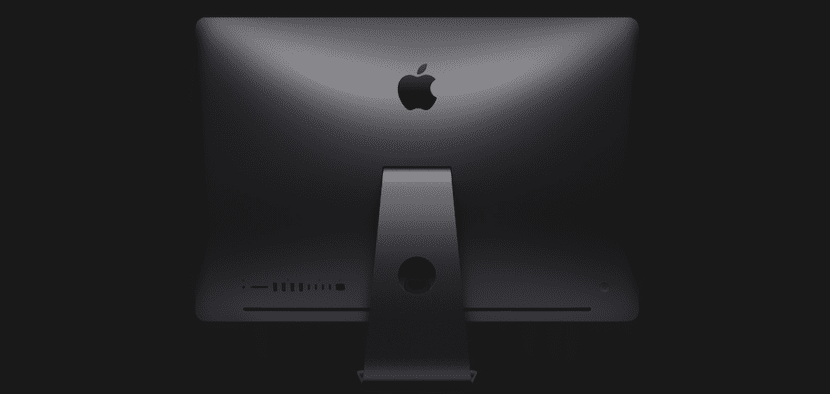
Last December, the iMac Pro was introduced. In recent weeks we have talked about its components and their performance. On the other hand, we comment on the ease of replacing them in case of breakdown or with the intention of replacing them with others with more benefits.
But a very important part, and that gave a lot to talk about with the presentation of the latest Macs, are the peripheral connections. It is true that most of the last Macs were portable and in them the connections have to be limited, but in any case, it is a recurring and important point when choosing our Mac.
In this article, We want to tell you what kind of connections the new iMac Pro brings and what they are capable of doing.

From the most traditional to the least traditional, we have a 3.5mm headphone jack. The usual connection for any headset. The digital S / PDIF connection is removed from other versions.
Then comes the connection of SD cards. Not only is it maintained, but more formats are supported. Specifically, the new ones appear UHS-II. This second version of the UHS standard is the same change that brought about the change from USB 2.0 to USB 3.0. This new standard is faster and uses new pins, but also preserves the old ones. SD USH-II cards (and future UHS-III cards) have two sets of pins, the traditional eight along the top edge and eight just behind. In theory, they can offer speeds of 155MB / s to 312MB / s, depending on the version.
We continue with the 3 next-generation USB with USB-A, same as iMac 5k and four Thunderbold 3 ports with USB-C.
We move on to the Ethernet connection. IMac Pro is the first Mac with an Nbase-T port that can transfer data at 10 Gbps, with the specific cable. As of today we cannot take advantage of this speed for external connections (internet connections) but internally. Build an ultra-fast local network, which allows us to transmit information practically instantly. Connected to a NAS, transmission speeds of 330MB / s read and 220MB / s write can be achieved. So far no computer is capable of moving files at these speeds.